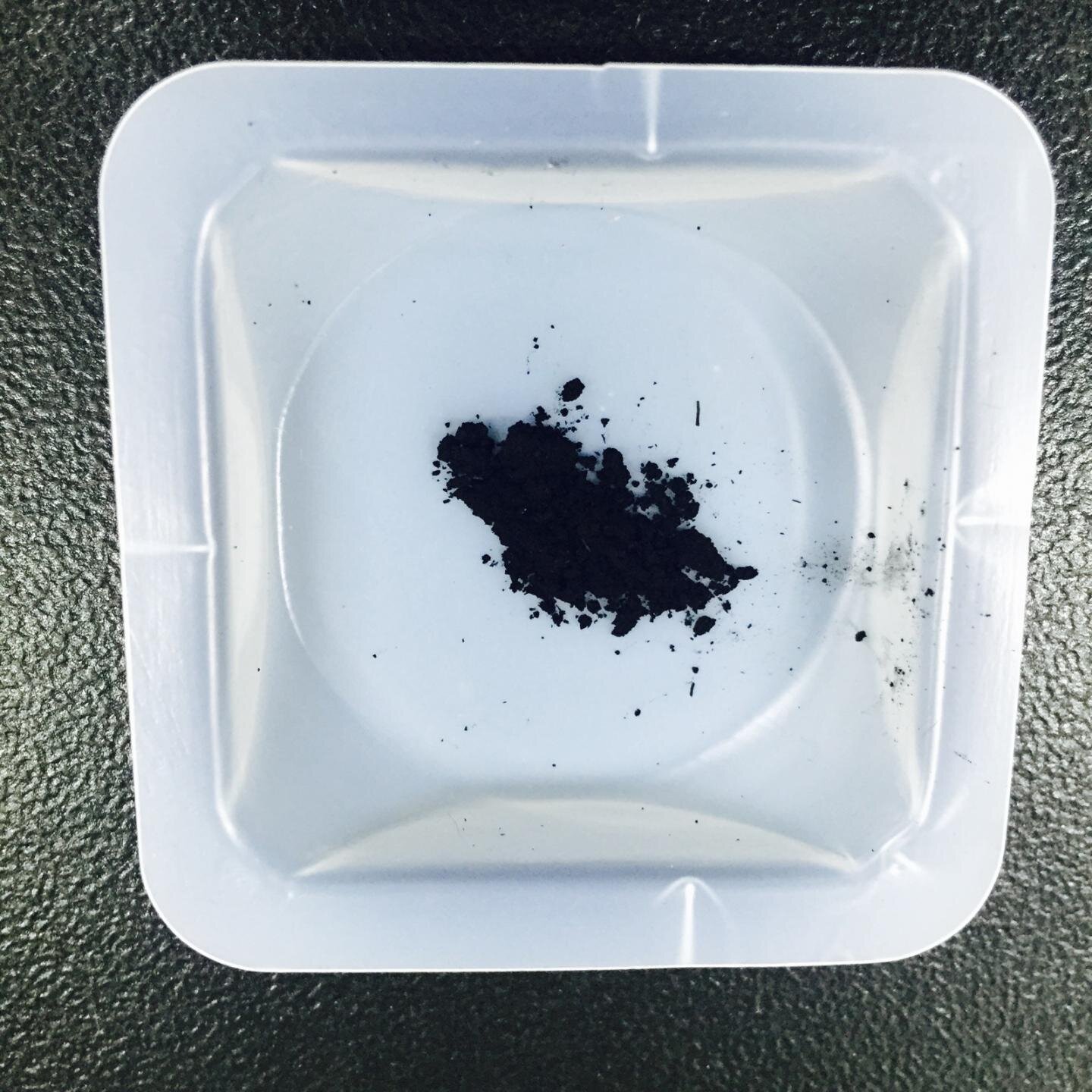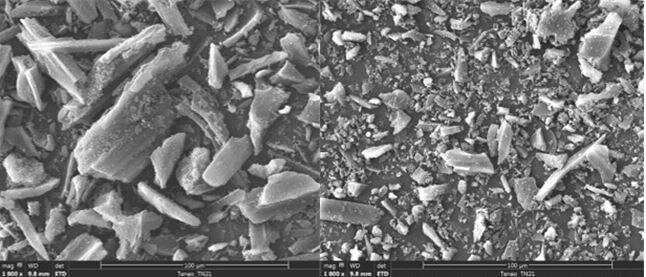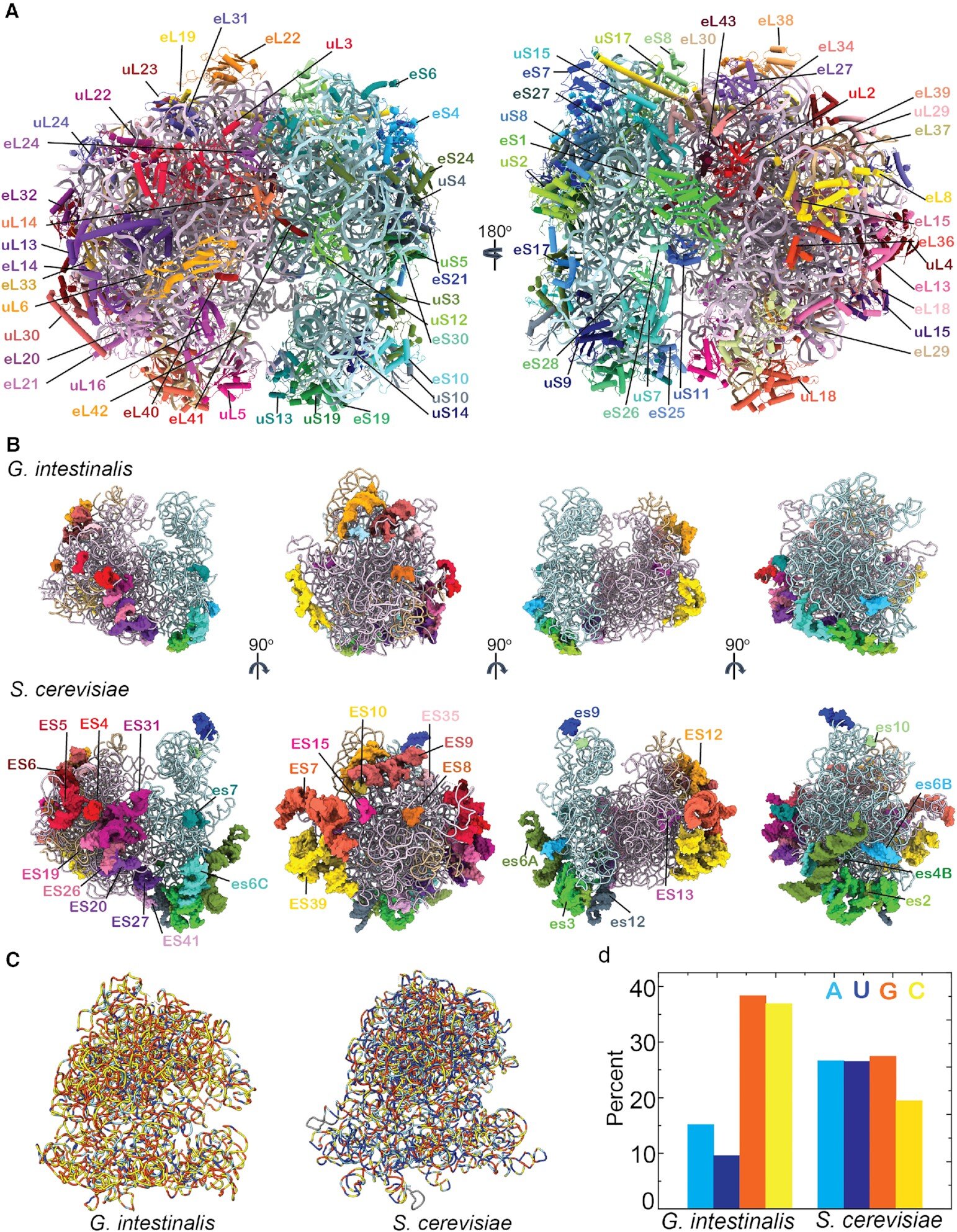#Researchers addressing algal bloom in conventional water treatment facilities

“#Researchers addressing algal bloom in conventional water treatment facilities”

An algal bloom is a phenomenon in which phytoplankton including blue-green algae rapidly proliferate in summer, marked by high solar irradiation and water temperature. It has lately been raising concerns due increased frequency of occurrence resulting from abnormally high temperatures and decreases in precipitation caused by climate change. Certain species of blue-green algae produce substances that have an earthy or moldy taste and odor, and others that are toxic. Since these substances cannot be easily removed by a general water purification processes, additional treatment using advanced water purification facilities is essential.
A research team working under Dr. Kyung-Guen Song of the Water Cycle Research Center has developed a purification process for the treatment of taste- and odor-causing substances and toxins produced by blue-green algae that can be deployed in existing conventional drinking water treatment plants (DWTPs).
In order to deal with algal blooms, large-scale DWTPs contain advanced water treatment equipment that uses ozone and granular activated carbon, but in the case of conventional DWTPs without such advanced water treatment equipment, powdered activated carbon is added to adsorb algal micropollutants and chlorine treatment increases the oxidizing strength. However, in the case of conventional powdered activated carbon, it is difficult to ensure sufficient contact time due to the slow adsorption of the algal micropollutants, thus requiring an injection of large amounts of powdered activated carbon to get the job done.

Dr. Song’s team developed powdered activated carbon with an improved adsorption rate to better control algal blooms in conventional DWTPs. The research team first pulverized powdered activated carbon to decrease the particle size. The powdered activated carbon with reduced particle size was found to have a large number of fine pores on the surface, resulting in a larger area for adsorption of algal micropollutants. It was confirmed that the taste- and odor-causing substances and toxic substances produced by algae were adsorbed considerably faster (20% to 150% increase depending on the substance) compared to the conventional powdered activated carbon.
Dr. Song said, “Not only can the new powdered activated carbon be manufactured using quite a simple method, but it also has a fast adsorption rate, so it seems it will be possible to control algal blooms without the need to install expensive equipment in existing conventional drinking water treatment plants where it is difficult to ensure sufficient contact time. Once this water treatment technology is disseminated widely, it will greatly help alleviate people’s anxiety about drinking tap water.”
Efficient removal of steroid hormones from water
Kangwoo Cho et al, Simultaneous control of algal micropollutants based on ball-milled powdered activated carbon in combination with permanganate oxidation and coagulation, Water Research (2020). DOI: 10.1016/j.watres.2020.116263
Provided by
National Research Council of Science & Technology
Citation:
Researchers addressing algal bloom in conventional water treatment facilities (2020, October 12)
retrieved 12 October 2020
from https://phys.org/news/2020-10-algal-bloom-conventional-treatment-facilities.html
This document is subject to copyright. Apart from any fair dealing for the purpose of private study or research, no
part may be reproduced without the written permission. The content is provided for information purposes only.
For forums sites go to Forum.BuradaBiliyorum.Com
If you want to read more Like this articles, you can visit our Science category.


